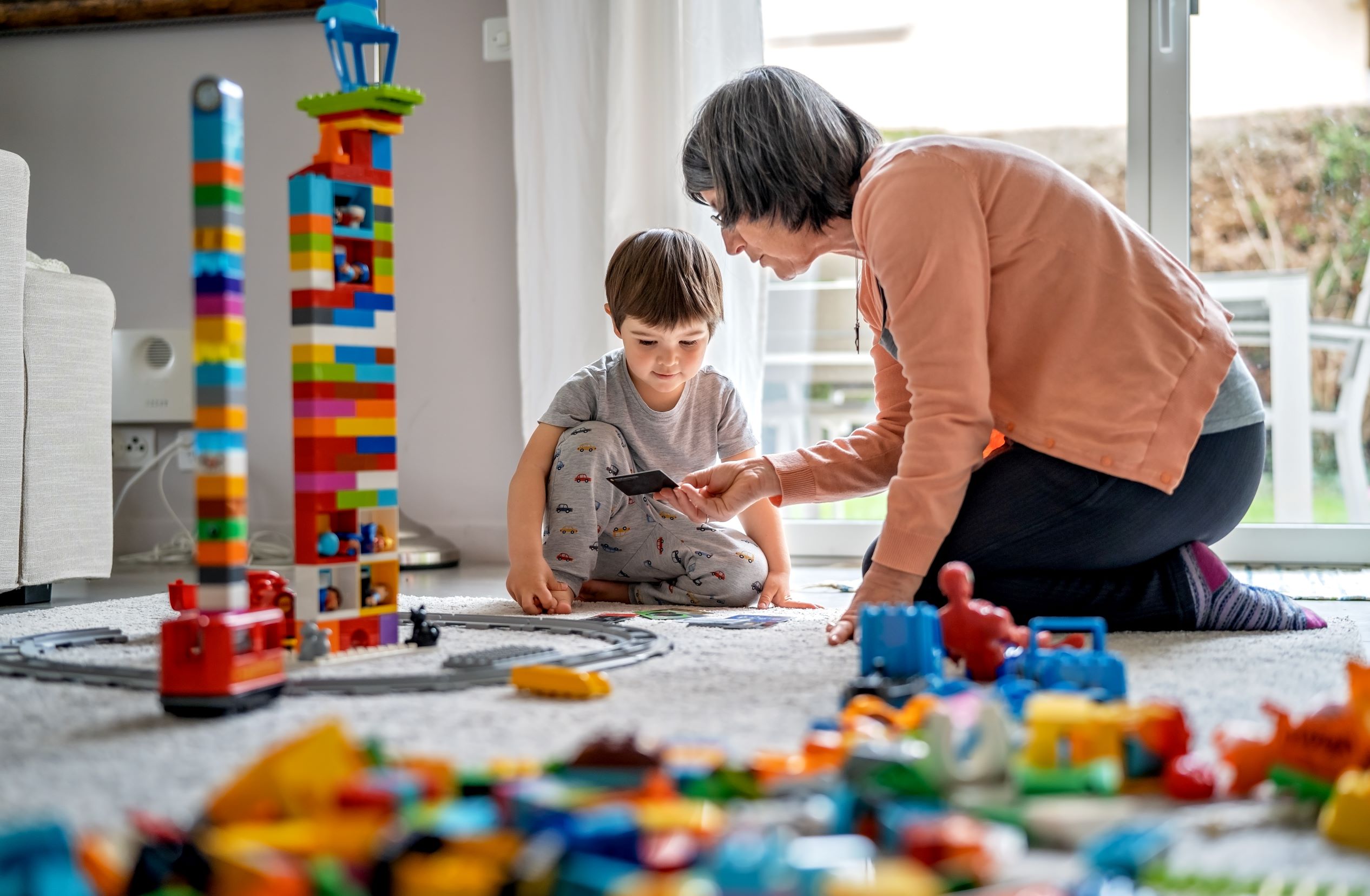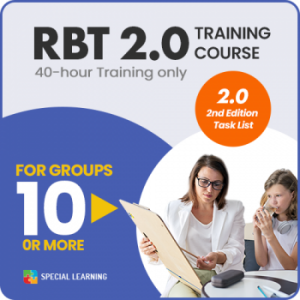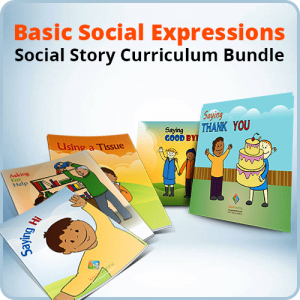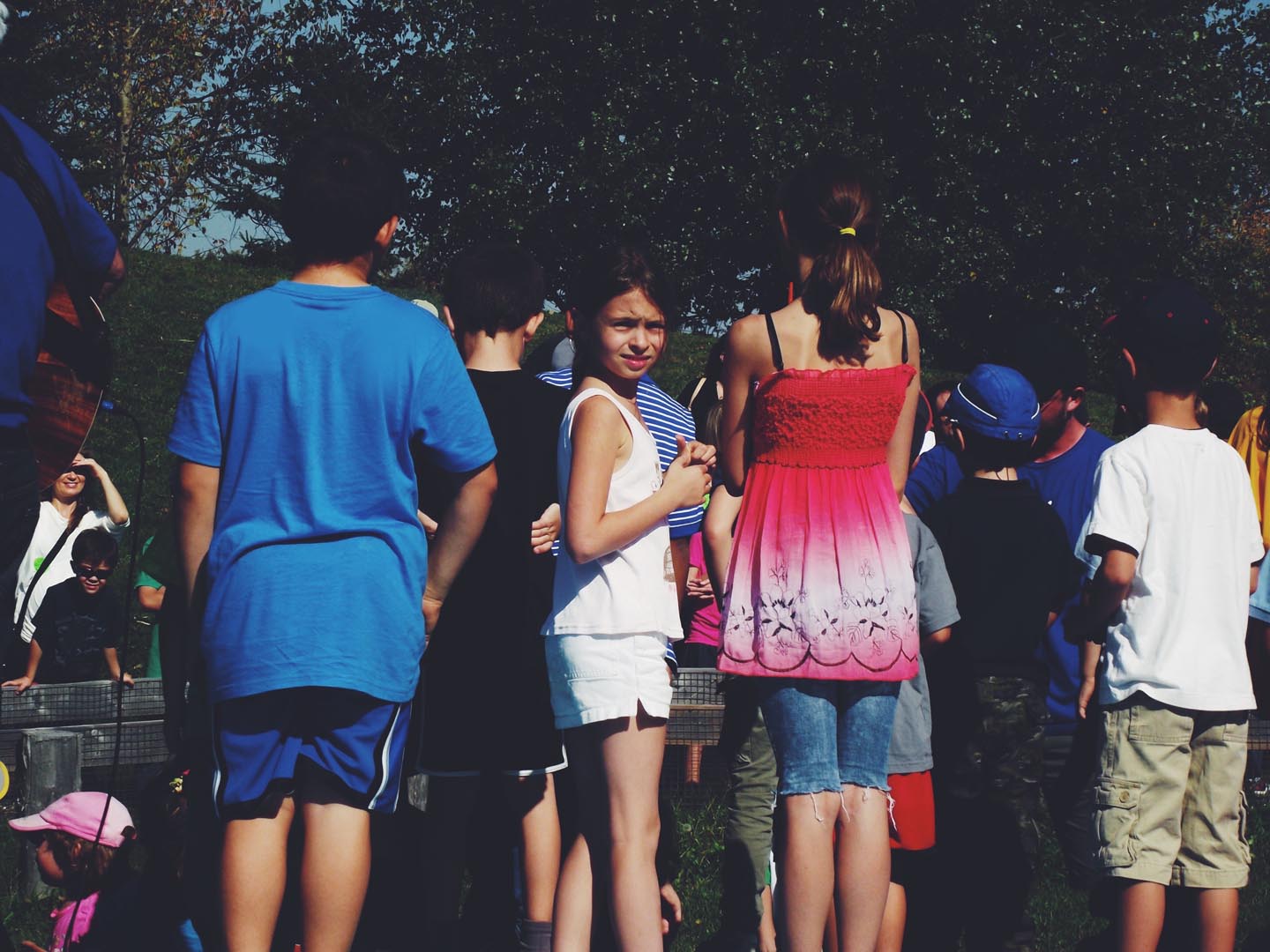Picture Exchange Communication System
What is PECS?
PECS stands for Picture Exchange Communication System. It is an alternative communication system developed in 1985 by Andy Bondy and Lori Frost, to help children affected by autism convey their thoughts and needs. It is now a trademarked program of Pyramid Educational Products, which is the company founded by Bondy and Frost.
It is known that with autism, learning is easier when it is done visually. In PECS the child with autism will be able to initiate communication by handing out picture cards related to what he or she is thinking of. It could be a picture of bread, which would mean that the child is hungry or maybe a picture of a ball, which would convey play.
How to get started?
There are several things that be used when implementing the picture exchange communication system. The trainer can use colorful graphic images, pictures cut out from magazines, actual photos or even drawings. As long as the picture is accurate and simple it can be used.
Having read through all that, one may be thinking that he or she can immediately start using the PECS approach with his or her child. PECS is not simply handing out pictures to the child and expecting him or her to immediately communicate with it. As with other rehabilitation techniques for children affected with autism, PECS has steps to be followed to ensure positive outcomes. The developers of PECS came up with the 6 phases that should be observed and followed when utilizing the system.
Phases of a Picture Exchange Communication System
1. Phase one
In the initial phase, the trainer must identify what motivates the child the most. It can be a doll, ball, food or anything the child shows the most interest in. Create or find a picture of that object, whether in the form of a graphic illustration or an actual picture and introduce it to the child. The trainer or caregiver then works with the child in establishing that the cards can be a way for him or her to communicate with the trainer and that by handing the card to the trainers, he or she will be able to get the desired object.
2.Phase Two
In Phase Two, the trainer moves further away from the child so that he or she must essentially come over to the trainer and hand over the card. This enhances the child’s functional skill of obtaining one’s attention.
3. Phase Three
Here the trainer introduces more than one picture card at a time. This will help the child learn how to distinguish when asking for something. In this phase, the difficulty level rises. It can be either easy or tough for the child. Bear in mind that patience and perseverance will help both the trainer and the child get through this phase and the reward at the end will be fulfilling.
4. Phase Four
After the child learns how to distinguish among several picture cards, it is time to train him or her in building sentences with the use of sentence strips. Sentence strips are the combination of picture cards with spoken words. An example would be the child adding the words “I want” to a picture of water.
5. Phase Five
Here the trainer’s task is to help the child formulate and start using questions through the picture cards and sentence strips.
6. Phase Six
In the last phase of the PECS technique, the child must learn how to respond to questions such as “what do you see/hear/smell?” and use adjectives. An example would be “I see the small, yellow chick”.
As the child completes the phases of PECS, he or she will learn to build more complex sentences. This will improve communication between the trainer or caregiver and the child as well as enhance his or her speech capabilities.
Using PECS is highly beneficial to both the child and the caregiver or trainer, especially if communication is severely dysfunctional. With perseverance and commitment, it will eventually lead to the child’s independent communication skills.
Suggested Resources:
Basic Social Expressions Social Story Curriculum Bundle
Building Language for Early Learners Bundle
ABA Level 1, 2, & 3 Bundle with Quick Reference Guide
Copyright © by Special Learning Inc. All right reserved.
No part of this article may be reproduced in any manner whatsoever without written permission except in the case of brief quotations embodied in critical articles and reviews. For information, contact Special Learning Inc., at: contact@special-learning.com








